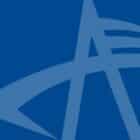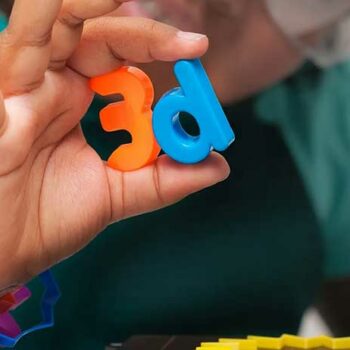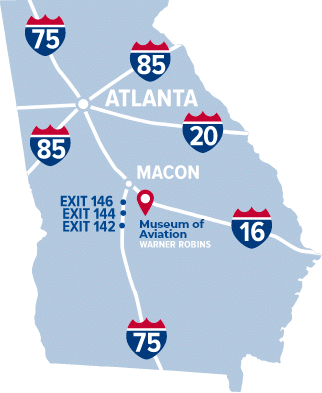Arthur has been doing such a great job with the Museum of Aviation Insider that I’ve been content to leave all the blogging to him. However, during the last few weeks I’ve been thinking so much about a particular helicopter type that I have to share my thoughts and the blog seems like the best outlet.
Have you ever had the experience of learning a new word, and then suddenly you start seeing and hearing that word? I’ll call it the “new word effect.” I’ve had a variation on that with the Sikorsky H-34 helicopter. I was already somewhat familiar with the type but I had an experience that really focused my attention on the H-34, and afterward it seemed like I was suddenly seeing or hearing about H-34s over and over again.
The H-34 started out in the early 1950s as a private Sikorsky company project with the designation “S-58.” The S-58 had a big 9-cylinder radial engine in the nose and a large main cabin, with the cockpit sitting high on top. The U.S. Army, Navy, Air Force, and Marines used the S-58 under the standardized designation H-34. The armed forces of more than 20 other nations also used the type and many ex-military H-34s are still flying today. In the S-58T, twin turboshaft engines replaced the radial engine.
One morning in late August, I saw an Aircrane, Inc. S-58T swapping out an air conditioner on top of the Galleria Mall in Centerville, about seven and a half miles from the museum. I marveled at the control the pilot had as he hovered the big machine and leaned out of his window to position the load dangling underneath. I watched the helicopter land and shut down in the parking lot over by the movie theaters. I parked my car less than a hundred feet away and watched the ground crew remove the lift wires and load the ground equipment. The pilot climbed down, did a brief walk around the helicopter, then climbed back in and took off. I watched until the helicopter disappeared into the distance. I did not have a camera with me but this photo from the Aircrane website shows how it looked:
I was so excited and inspired that when I got to work, the first thing I did was hurry over to Hangar One and take pictures of the museum’s HH-34J. We posted some of the pictures on Facebook; see the 3 September entry at http://www.facebook.com/pages/Warner-Robins-GA/Museum-of-Aviation-Robins-AFB-Warner-Robins-GA/104663259812
When I mentioned to my dad that I’d seen the S-58T at the mall, he said he’d flown in an H-34 in Cuba in the 1960s. His submarine had stopped at the Guantanamo Bay Naval Base and somehow he was offered a ride. He flew on a patrol along the border that separated the naval base from communist Cuba.
Seeing the Aircrane S-58T kindled fond memories from my boyhood. In the early 1980s, I occasionally watched the TV show Riptide. I couldn’t tell you much about the show but I do remember the big, ugly, pink helicopter one of the main characters flew. It was an S-58T called the “Screaming Mimi” and I loved the nose art—huge open mouth and glaring eyes. The air intakes for the twin turbine engines made perfect nostrils (see here).

Picture of the S-58T “Screaming Mimi” from the TV show Riptide. (Picture from http://www.rotaryaction.com/pages/riptide.html )
A few weeks ago, I was browsing on the National Air and Space Museum blog and came across a post called “Ike and the First Presidential Helicopters.” And what do you know? It talked about the Army and Marine H-34s used as presidential transports.
The H-34 “new word effect” culminated for me when Arthur mentioned a Life magazine photo essay by Larry Burrows called “One Ride With Yankee Papa 13.” Yankee Papa 13 was the call sign of a U.S. Marine Corps UH-34 helicopter. The Life website describes Burrow’s photo essay as “the single greatest photographic achievement to emerge from the war in Vietnam.”
I had not seen this photo essay before but it is powerful stuff and I have thought about it many times since. Life.com has made the entire photo essay available online, and even if you’ve seen it before, I recommend you start from the beginning and go image by image and read the captions. It is brutal, shocking, and poignant. We ask so much of our military personnel… There’s also a gallery of other images that Burrows took as part of his effort to document the day-to-day life of Americans in Vietnam.
As I put together this post and reflected on my recent encounters with the S-58/H-34, I was struck by the many roles of this machine, from source of inspiration and entertainment to construction tool and war machine. I look forward to my next “new word effect” experience with an aircraft.













